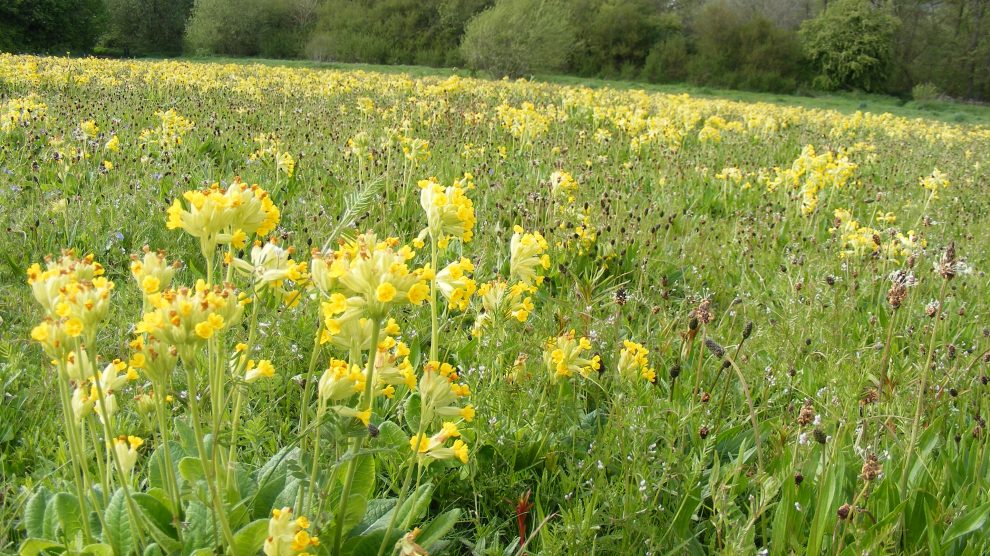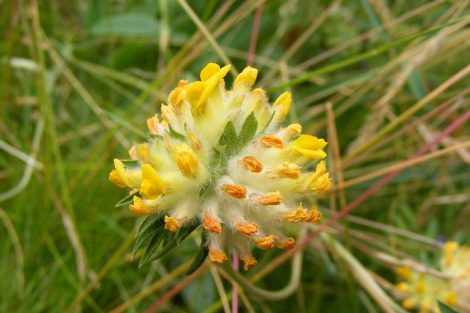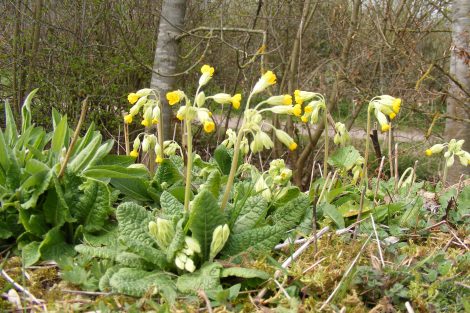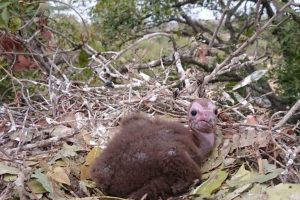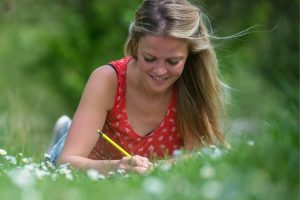Written by Graeme Davis
Today I will focus on a plant not everyone will be aware of, but an important one for Andover particularly, Kidney Vetch.
There are many members of the vetch family of plants, but kidney vetch is by far one of the most showy. It has largish pompoms of yellow flowers with woolly seed heads, which can brighten up any flower bed or lawn. Vetches are related to peas, and have nodes on their roots which are very good at nitrogen fixing in the soil. In the past kidney vetch was used by herbalists to treat wounds.
The plant grows on sand dunes, grassland and heathland. Its survival in these areas requires occasional disturbed ground to allow seeds to germinate, so its ideal for a freshly dug area of earth. I grow it at home in my lawn which is rough cut especially for wildlife.
Why important for Andover?
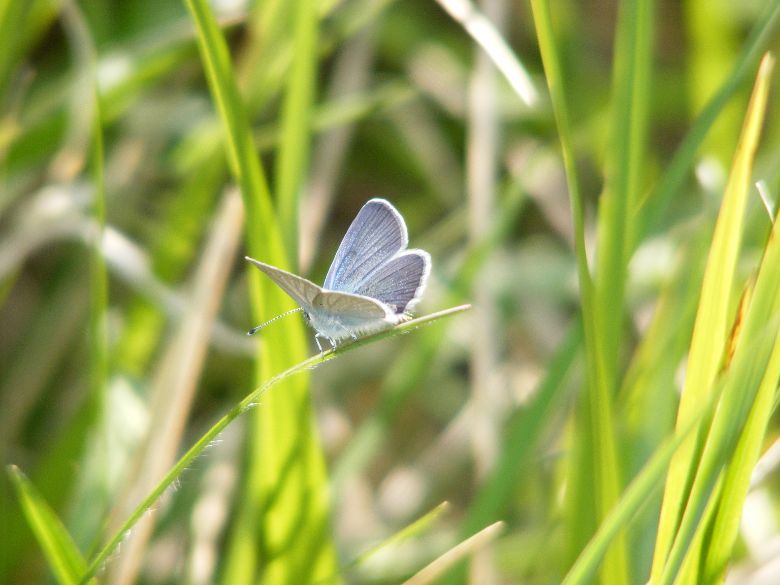
Well, there is a species of butterfly called the small blue, not to be confused with other blue butterflies like holly blue, which are often reported as small blues. This butterfly is a specialist of areas like chalk downland, and has declined over the year’s. Its larvae feed on kidney vetch. Many nature reserves have areas solely for conserving small blues butterflies, where they have scrapings sown with seeds of the plant. Andover has, at time of writing, only 2 or 3 small colonies of our smallest butterfly.
So, can planting kidney vetch help?
The answer is yes, plant it and they will come, if the habitat is right. I myself have managed to encourage small blue to my lawn. It is also a valuable plant for nectar and several scarce moths. So, worth planting even if its to help bees nectar.

















